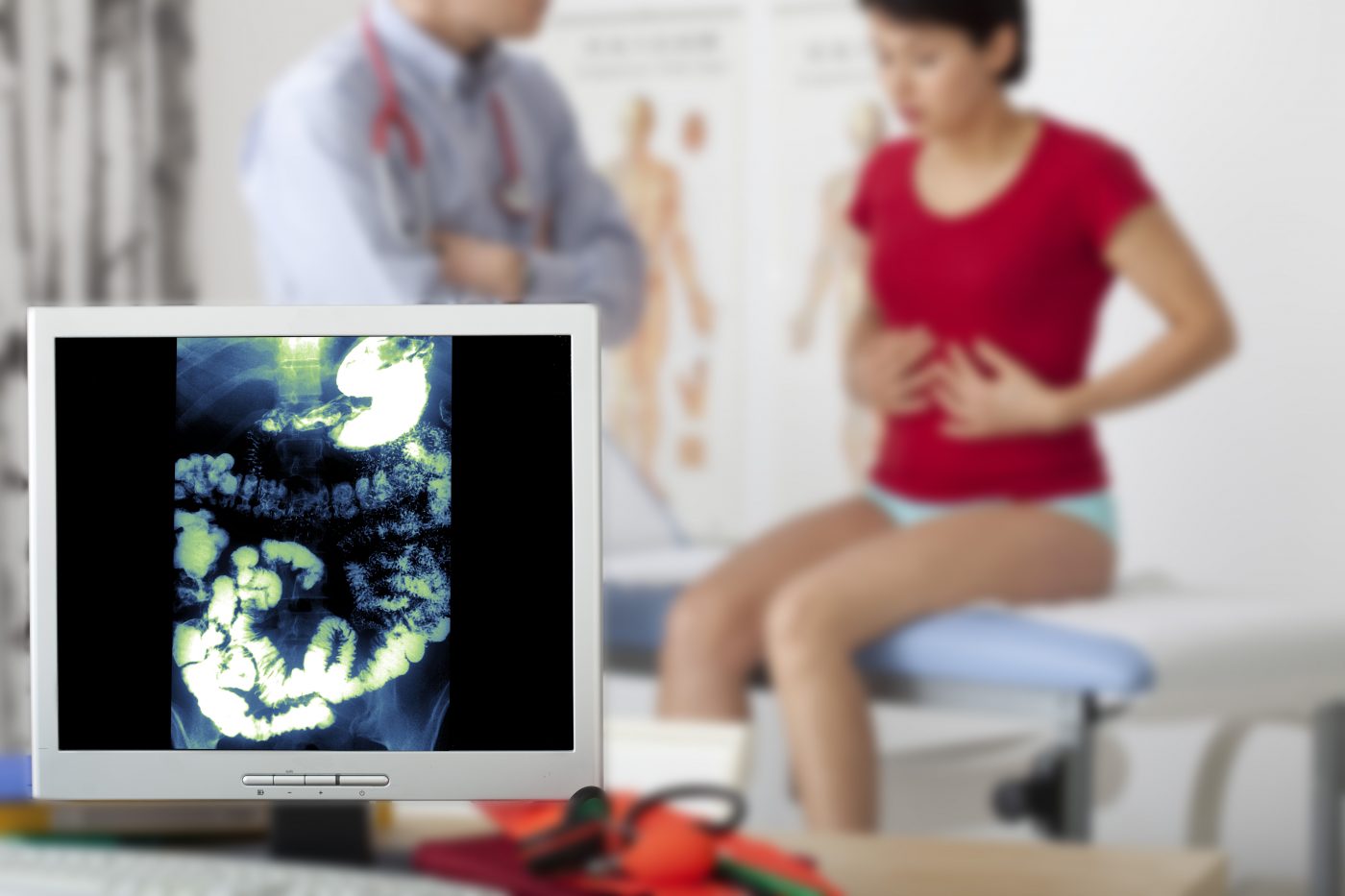There is currently intense research on the implications endometriosis holds in patients’ quality of life. A recent study titled “Pain typology and incident endometriosis” and published in the Human Reproduction journal, compares the pain characteristics of endometriosis patients to those undergoing pelvic surgery with other indications.
Endometriosis is very frequent, affecting as much as 10-15% of reproductive-age women, and is caused when endometrium (inner lining of the uterus) cells that normally grow inside the uterus begin to grow outside the uterus, leading to infertility and pelvic pain, usually during menstruation. The pain is caused by the inflammation associated with the cyclic detachment of cells from the wrong site during menstruation.
A team of researchers led by Dr. Karen Schliep looked at a population of 473 women who underwent a laparoscopy (i.e., keyhole surgery) or laparotomy (i.e., normal surgery involving a large incision on the abdomen) at one of 14 study centers with no prior known endometriosis. They compared the characteristics and sites of pain symptoms of women who had an operative diagnosis of endometriosis to those with other gynecologic diagnosis or normal pelvis.
The results showed that women with endometriosis have more cyclic pelvic pain and chronic pain. Furthermore, these patients had more deep pain with intercourse, cramps and pain in defecation. The pain in endometriosis patients is localized in the lower abdomen, vagina and labia. Nevertheless, the characteristics or pain sites had no association with the observed disease severity (as measured by the revised American Society for Reproductive Medicine criteria) in the surgery. This is consistent with previous studies that also show that clinical disease severity is not directly correlated with surgery findings, one of the caveats of surgical therapeutic approaches in terms of efficacy. Even so, among women with no found gynecologic pathology, pelvic pain was often reported.
This last factor highlights that more research is necessary for novel and better classification systems to predict complications and help physicians manage endometriosis and make personalized therapy choices for patients. As pelvic pain was frequently reported, the authors believe there is also a need for further research on the causes of pelvic pain in women referred to gynecology specialists with no apparent gynecologic pathology.

